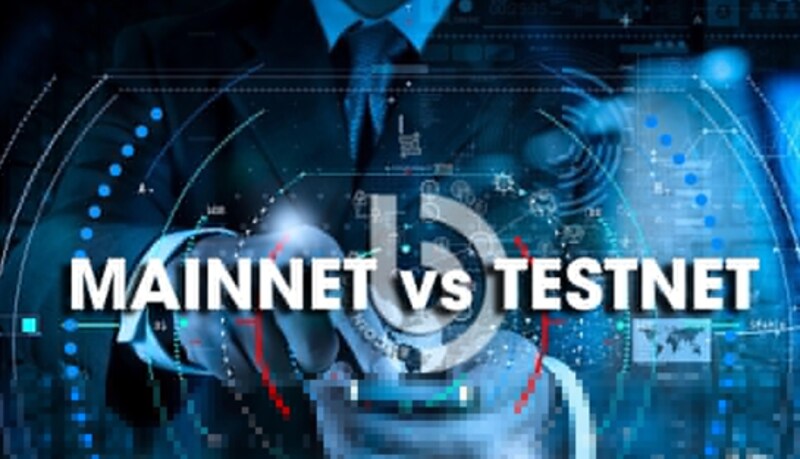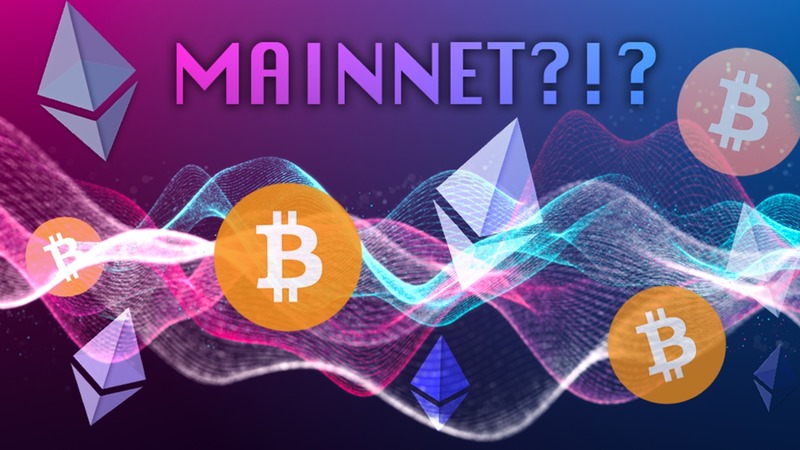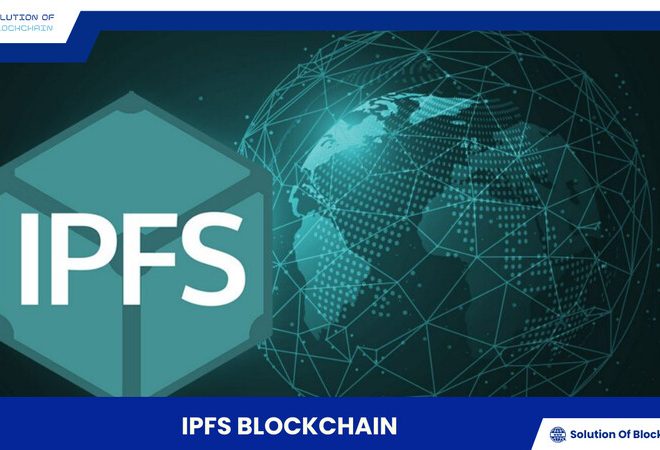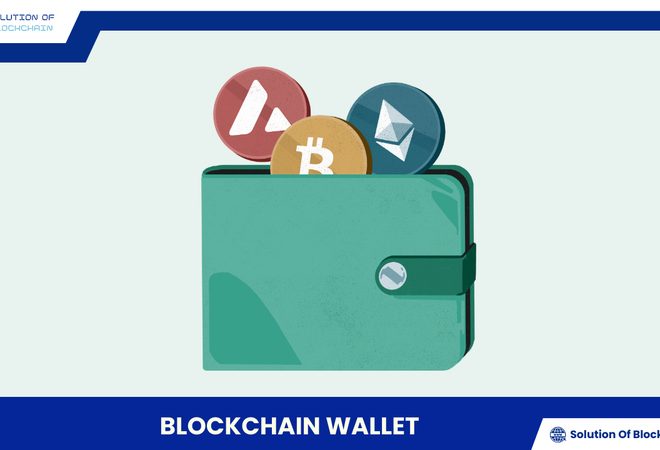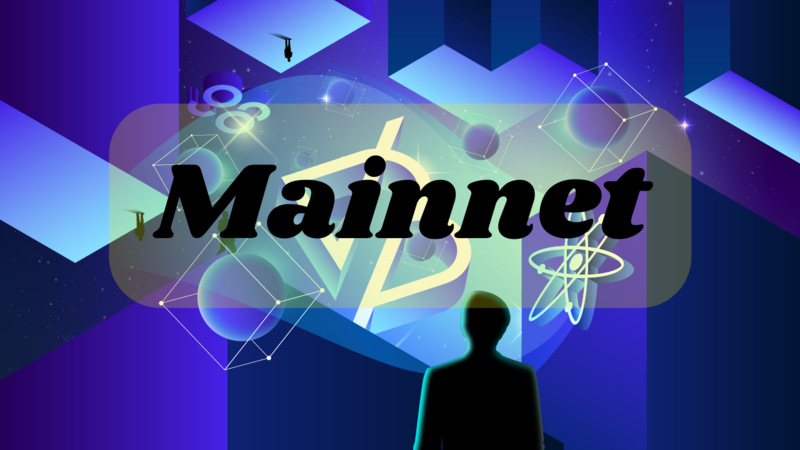
What is mainnet? Its importance and impact on coin price
In the volatile world of finance, “Mainnet” emerges as a significant milestone, marking the maturity and true potential of a cryptocurrency project. But what is Mainnet? Why does it play such a crucial role in determining success, attracting investors, and influencing a coin’s value?
What is Mainnet?
Mainnet, short for Main Network, is the official blockchain network of a cryptocurrency project. This is where all transactions are validated and permanently recorded on the blockchain, using real-value tokens/coins. Unlike Testnet, a testing environment, Mainnet is the “real playing field” where every activity directly impacts users’ assets.
To better understand the nature of Mainnet, let’s grasp some key aspects:
- Decentralization: It operates on a distributed network of nodes, not controlled by any single organization or individual. This ensures transparency and fairness for all participants.
- Consensus mechanism: Mainnet employs consensus mechanisms like Proof-of-Work (PoW), Proof-of-Stake (PoS), or Delegated Proof-of-Stake (DPoS) to validate transactions and ensure network security.
- Role of nodes: Each node in the Mainnet stores a complete copy of the blockchain and participates in transaction validation, maintaining the system’s integrity and stability.
Mainnet vs Testnet comparison
These are two important distinct environments in the development of a blockchain project. Although they share the same technological foundation, they serve distinct purposes and have distinctly different characteristics.
Purpose
- Mainnet: This is the official, live blockchain network where actual transactions occur. It’s where users interact, exchange value, and utilize decentralized applications (dApps) built on the platform.
- Testnet: A simulated environment designed for developers to test and refine the blockchain before its official launch. It allows them to experiment with new features, identify and fix bugs without impacting the live network.
Tokens
- Mainnet: Utilizes tokens with real-world value that can be traded on exchanges. These tokens represent actual value and are used in real transactions on the network.
- Testnet: Employs tokens with no real value, solely for testing purposes. These tokens hold no transactional value and are used exclusively within the test environment to simulate network activity.
Transactions
- Mainnet: All transactions are permanently recorded on the blockchain and affect users’ assets. Each transaction is validated and added to the blockchain, creating a transparent and immutable transaction history.
- Testnet: Activities on the Testnet hold no real-world value and do not affect users’ assets. Transactions on the Testnet are purely simulations and are not recorded on the official blockchain.
Stability and security
- Mainnet: Demands high stability and security, as all activities directly impact users’ assets. The network must be designed for continuous operation, stability, and resilience against attacks.
- Testnet: Allows for more freedom in experimentation, with a higher tolerance for errors and issues during development. The purpose of the Testnet is to identify and fix bugs, so stability and security are not the primary focus.
Access
- Mainnet: Open for everyone to participate and use. Anyone can join the network, conduct transactions, and utilize the applications built on it.
- Testnet: May have restricted access for specific user groups, such as developers or testers. This helps control the testing environment and ensure the quality of the testing process.
Impact of Activities
- Mainnet: All activities are permanently recorded on the blockchain and have real-world consequences for users’ assets.
- Testnet: Activities have no real-world value and do not affect users’ assets.
Complexity
- Mainnet: Generally more complex than Testnet due to the requirements for stability, security, and high performance.
- Testnet: Simpler, allowing for easy experimentation and adjustments.
The role of Mainnet in the Crypto world
More than just a transaction network, Main Network is also the foundation for the development of the entire blockchain ecosystem. Here are its important roles:
Platform for dApps
Main Network is where decentralized applications (dApps) are deployed and operate. dApps offer numerous advantages over traditional applications, such as:
- Transparency: Open-source code allows anyone to audit it.
- Security: Data is stored decentrally, making it difficult to attack.
- Censorship resistance: No one can control or interfere with dApps’ operation.
Popular dApps today include:
- DeFi (Decentralized Finance): Decentralized financial applications allow users to lend, borrow, trade, and invest without intermediaries.
- NFT marketplace: Platforms for trading unique, non-fungible digital assets (NFTs).
- GameFi: Combines gaming and DeFi, allowing players to earn cryptocurrency through gameplay.
The development of dApps heavily relies on the stability and performance of Mainnet.
Transaction validation and recording:
All transactions on Main Network are validated by nodes in the network and permanently recorded on the blockchain. This ensures:
- Transparency: All transactions are public, transparent, and auditable.
- Immutability: Transaction data cannot be altered or deleted.
- Security: Prevents fraud and attacks.
Building trust and attracting investment
A successful Main Network launch is a positive signal, demonstrating the project’s readiness for real-world operation. This helps:
- Enhance trust: Investors gain confidence in the project’s development capabilities.
- Attract capital: The project can raise funds through token sales or ICOs.
- Increase valuation: The value of the coin often increases after Mainnet launch.
Promoting ecosystem growth
Main Network attracts developers, users, and communities to the ecosystem. Its development fosters the creation of support services and tools, expanding the ecosystem’s scale and growth.
Mainnet’s impact on Coin price
A Mainnet launch often creates significant fluctuations in a coin’s value. However, this impact is not always positive and depends on various factors. Here’s a detailed analysis of its influence on coin price:
Positive signals
- Market Sentiment: Generally, Mainnet is considered a bullish catalyst. The prevalent market sentiment is FOMO (Fear Of Missing Out), leading many investors to rush in, driving the coin price up.
- Proof of Capability: Mainnet proves that the project has completed its development phase, is ready for real-world operation, and can fulfill its whitepaper commitments. This reinforces investor confidence.
- Attracting Attention: Mainnet events often garner media and community attention, creating a ripple effect and increasing project awareness, thereby boosting demand for the coin.
Examples:
- Binance’s BNB price surged after its Mainnet launch in 2019.
- Cardano (ADA) also recorded significant growth after its Mainnet launch and smart contract implementation.
Potential Risks
- Technical Issues: Despite thorough testing, Mainnet can encounter unforeseen technical issues. These can disrupt network operations, decrease investor confidence, and cause a sharp decline in coin price.
- Failing to Meet Expectations: Sometimes, Mainnet may not perform as expected or deliver the promised groundbreaking features. This can lead to investor disappointment and selling off the coin, resulting in a decline in value.
- Sell the News: This phenomenon involves selling after good news is announced. Some investors may take profits after the Mainnet launch, creating selling pressure and causing a temporary price drop.
- Overall Market Conditions: The cryptocurrency market is highly sensitive to information and crowd psychology. Even with a successful Mainnet launch, if the overall market is in a downtrend, the coin price can still be negatively affected.
Factors Influencing the Degree of Price Increase/Decrease after Mainnet:
- Project Potential: Projects with unique ideas, solving real-world problems, and having a strong development team have a higher potential for price appreciation.
- Real-world Application of Technology: Whether the project’s blockchain technology has wide-ranging applications and is being adopted in real-world scenarios is also crucial.
- Overall Market Conditions: A bull market will support stronger price increases compared to a downtrend market.
- Marketing Strategy: An effective marketing strategy helps attract community attention and create a FOMO effect, contributing to pushing the coin price higher.
- Community: A strong and supportive community will provide sustainable growth momentum for the project and the coin’s value.
Main Network is a critical element in the cryptocurrency world, marking the transition from the testing phase to real-world operation. It’s not just a place for transactions but also a platform for dApp development, building trust, and attracting investment. However, investors need to thoroughly research the project, assess its potential and risks before making decisions, even after the Mainnet launch.
Hopefully this article from Solution Of Blockchain has helped you better understand what Mainnet is? Its importance and impact on Coin prices. Continue to follow our articles to update useful knowledge and the latest information about the cryptocurrency market!


